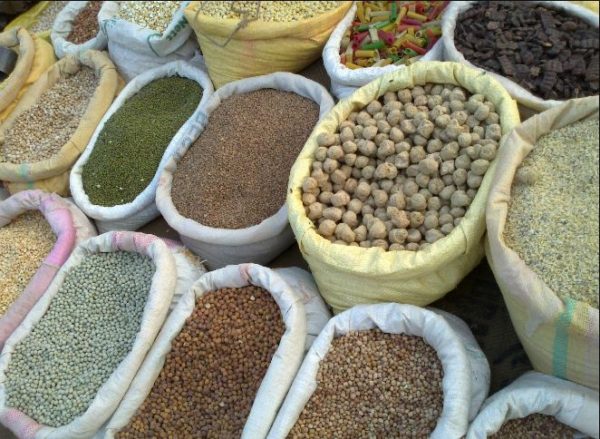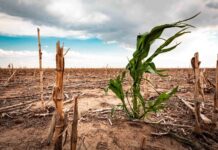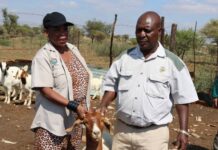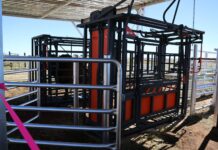Namibia currently faces a grain shortage of about 120 000 tonnes to meet local demand. This puts the country in a vulnerable position to global food-price developments and exchange-rate risks.
According to the Ministry of Agriculture, Water and Land Reform, major contributor to this is the high cost of production inputs, such as quality seed, fertiliser, land, water and agricultural machinery. The country’s annual grain production ranges from 60 000 to 80 000 tonnes against a consumption target of 200 000 tonnes.
The ministry is currently seeking investments to promote the production of grains to reach food self-sufficiency, while allowing investors to diversify production into high-value horticulture, crops and fruit.
Green-scheme projects
Agriculture ministry spokesperson Jona Musheko says the government, in partnership with the private sector, is looking at renting out available green-scheme projects to maximise local food production.
“The fact that we are taking the steps to lease out green schemes and brown-field projects shows our dedication to locally produce most of what we consume in the country,” he says.
The ministry issued an invitation for prequalification for the leasing of the Tandjieskoppe, Katima farm Liselo, and zone irrigation projects on a build, operate and transfer model. According to a report from the United Nations Food Systems Summit 2021, the lack of collaboration between Namibian government departments at national and regional level continues to stall progress on achieving food security targets.
“… Minimal inclusion of smallholder farmers in policy development and limited research and development to inform science-based policies. The lack of updated data on nutrition, as the last report dates back to 2013, is detrimental to the current efforts to combat hunger and malnutrition,” the report states.
Economist Theo Klein says there is a need for communal property and communal farming in the northern parts of the country to be converted into large-scale commercial farming operations.
“With numerous fertile soil and water not being a significant constraint in the north, that’s where our focus should be. Large portions of land need to be sold at affordable prices (and without bribes) to willing buyers or investors, whether they are local or foreigners, and create a pro-business environment for the private sector to take control. The rest will follow as we have seen happening in other countries,” he says.
He further points out water remains a big constraint in other parts of Namibia, however, allowing foreign investors to establish a water desalination plant and necessary pipe network can go a long way in addressing water issues in the country.
In Simonis Storms Securities’ agricultural report for June, Klein says Namibia’s agricultural trade deficit keeps the country in a vulnerable position to global food-price developments and exchange-rate risks.
“With global food prices showing some signs of abating, the weaker rand exchange rate will likely keep imported food product prices elevated,” Klein says.










[…] Source link […]
Comments are closed.